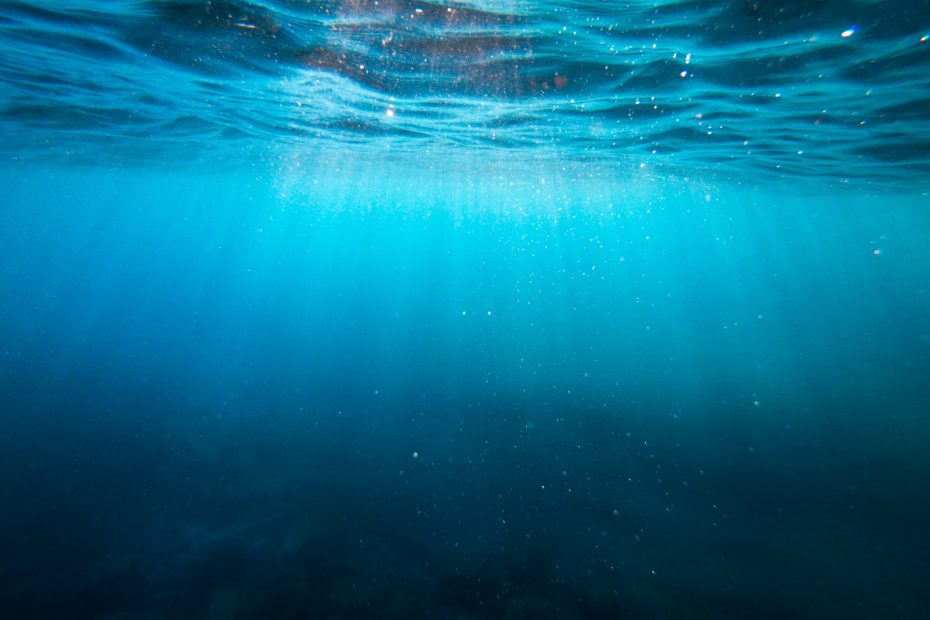Table of Contents
Introduction
The island nation of Grenada is a hidden gem in the southern Caribbean. While its lush rainforests and spectacular waterfalls capture the imagination of many visitors, the real magic lies beneath the waves offshore. Grenada boasts some of the most vibrant and healthy coral reef systems in the region, teeming with marine life and color. For scuba divers and snorkelers, the underwater world of Grenada’s reefs is an aquatic wonderland waiting to be explored.
Overview of Grenada’s Coral Reefs
Grenada has over 30 dive sites showcasing unique coral reef formations and a diversity of marine species. The reefs include branching elkhorn and staghorn coral as well as boulder corals like the mountainous star corals found at Dragon Bay. Brain corals, sea fans, sponges, and anemones complete the landscape, providing shelter and food for fish.
Types of Coral
Elkhorn, staghorn, boulder, brain, star, and fire corals are some types found in Grenada. Elkhorn and staghorn corals have antler-like branches while boulder and brain corals form rounded mounds. Other corals like sea fans sway with the current. The reef’s many nooks and crannies provide hiding spots for marine creatures.
Marine Life
Over 200 species of fish including angelfish, trumpetfish, parrotfish, and butterfly fish inhabit the reefs. Larger animals like sea turtles, stingrays, and eagle rays glide through the water while octopuses, crabs, lobsters, sea urchins, and shrimp hide in the coral. Schools of squid and bioluminescent plankton illuminate night dives.
Threats to the Reefs
Climate change, pollution, agricultural runoff, development, overfishing, and tourism damage the reef ecosystems. Higher ocean temperatures trigger coral bleaching while fertilizers in runoff promote algae growth, suffocating the reefs. Establishing protected marine areas and monitoring reef health are key conservation goals.
Top Dive Sites in Grenada
Grenada’s capital St. George’s offers quick access to amazing dive sites. Here are some highlights:
Molinere Bay/Underwater Sculpture Park
This shallow site has an underwater sculpture garden created by artist Jason deCaires Taylor. Sculptures of people portraying everyday activities provide an intriguing artificial reef. Snorkelers enjoy viewing these detailed sculptures covered in coral growth.
Dragon Bay
Dragon Bay impresses with its lush coral gardens and abundant marine life. The main attraction is “Grenada Vampire,” a giant red fan sea star. Seahorses, octopus, turtles, and nurse sharks also reside here. Expect strong currents at the mouth.
Flamingo Bay
Flamingo Bay near Grand Anse offers shallower diving perfect for beginners. The starfish-covered reef descends to 90 feet with tunnels and canyons to explore. Lobsters, stingrays, parrotfish, and sea horses frequent the area.
Boss Reef
Boss Reef close to Dragon Bay plunges to over 100 feet with dramatic seascape changes. The top has branching coral formations opening to a sandy bottom with deep fissures. Spotted eagle rays and loggerhead turtles pass by coral heads.
Shark Reef
Despite its name, shark sightings are rare at Shark Reef near St. George’s. The picturesque spur and groove coral formation is the main highlight. It’s also great for macro photography of brittle stars, crabs, and Christmas tree worms.
Snorkeling vs Scuba Diving in Grenada
Both snorkeling and scuba offer amazing reef access but differ in equipment needs and depth range.
Snorkeling
Snorkeling only requires a mask, snorkel, and fins for shallower dives under 30 feet. It’s great for water-loving novices, families, and reef enthusiasts wanting an easy, relaxed opportunity to view the corals and fish up close. Most dive operators offer snorkeling.
Scuba Diving
Scuba diving allows you to go deeper beyond recreational snorkeling limits. You’ll need full scuba gear including tanks, buoyancy control, regulator, depth gauge, and dive computer. Certification and training are required to dive safely. Scuba opens an exciting underwater world with greater marine encounters.
Protecting Grenada’s Reefs
Despite threats, efforts are underway to safeguard Grenada’s spectacular coral reef ecosystems.
Education and Awareness
Outreach programs teach residents and tourists about avoiding reef damage from anchors, touching coral, and removing marine life. Hotels participate in Green Globe certification for sustainable tourism.
Sustainable Tourism Practices
Conscientious tour operators follow best practices like mooring buoys instead of dropping anchors, small tour group sizes, and diver education. Establishing more marine protected areas limits overfishing and development impacts.
Conservation Efforts
Local organizations like Grenada Coral Reef Foundation support reef monitoring, coral nurseries, and restoration projects. New artificial reefs made from eco-friendly materials also help habitats recover. Researchers study warming and acidification effects to guide policy.
Conclusion
Grenada presents a vibrant underwater world ripe for exploration. While facing environmental challenges, conservation efforts strive to protect its coral treasures. The reefs reward visitors with awe-inspiring beauty and marine diversity. Discover for yourself and join the island’s mission to safeguard this natural wonder for generations to come. The time to dive in is now!
FAQs
What types of coral make up Grenada’s reefs?
Some corals found are elkhorn, staghorn, boulder, brain, star, and fire corals. Soft corals like sea fans also occur. The mix of coral growth forms provides ample habitat for marine life.
What marine life might you see while diving or snorkeling?
Over 200 fish species are found including parrotfish, butterflyfish, angelfish, and trumpetfish. Larger animals like turtles, rays, sharks, lobster, octopus, and eagle rays also reside there.
How is climate change impacting Grenada’s reefs?
Rising ocean temperatures have led to coral bleaching. More acidic waters slow coral growth rates. Climate change also causes more frequent and severe storms which damage reef structures.
Why is the Underwater Sculpture Park unique?
This site in Molinere Bay has over 80 submerged sculptures created by artist Jason deCaires Taylor. The concrete human forms provide an artificial reef for marine growth and are an intriguing attraction.
How can tourists help protect Grenada’s coral reefs?
Practices like not touching coral, avoiding dropping anchors, and not removing marine life help minimize reef damage. Supporting sustainable tour operators, respecting protected areas, and learning about reef ecology also help.
